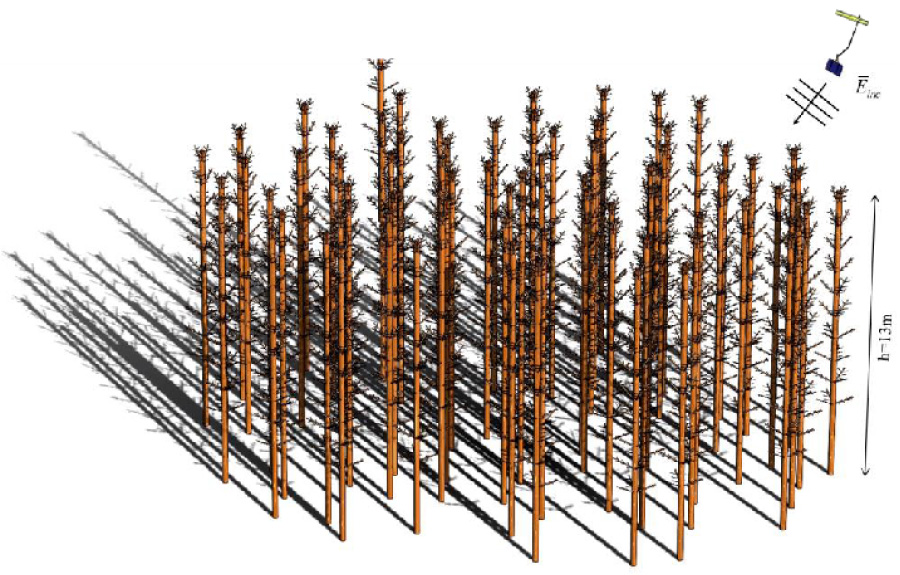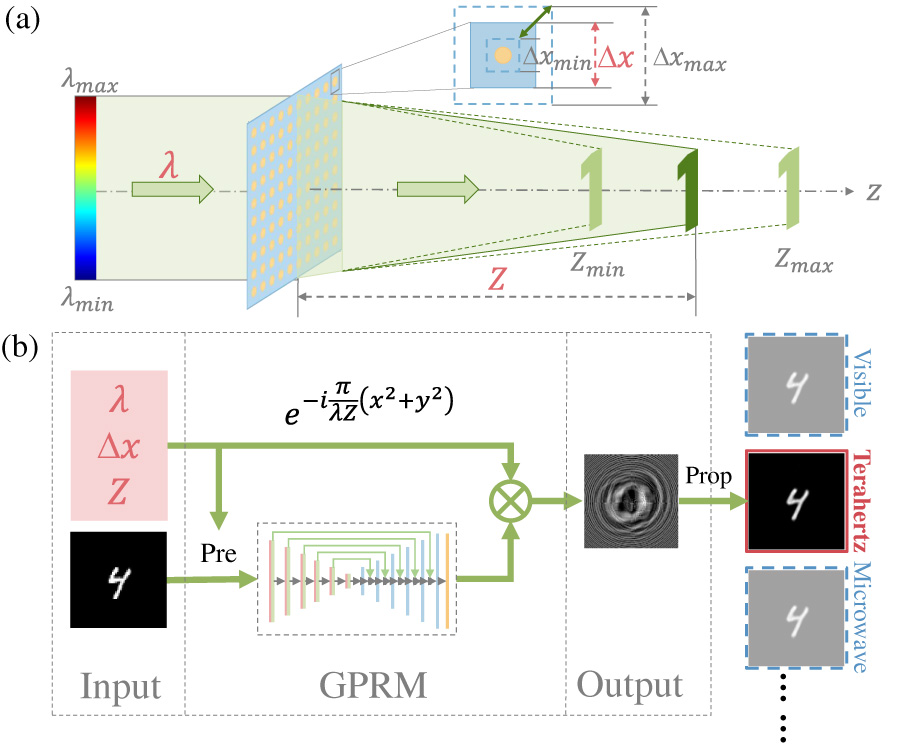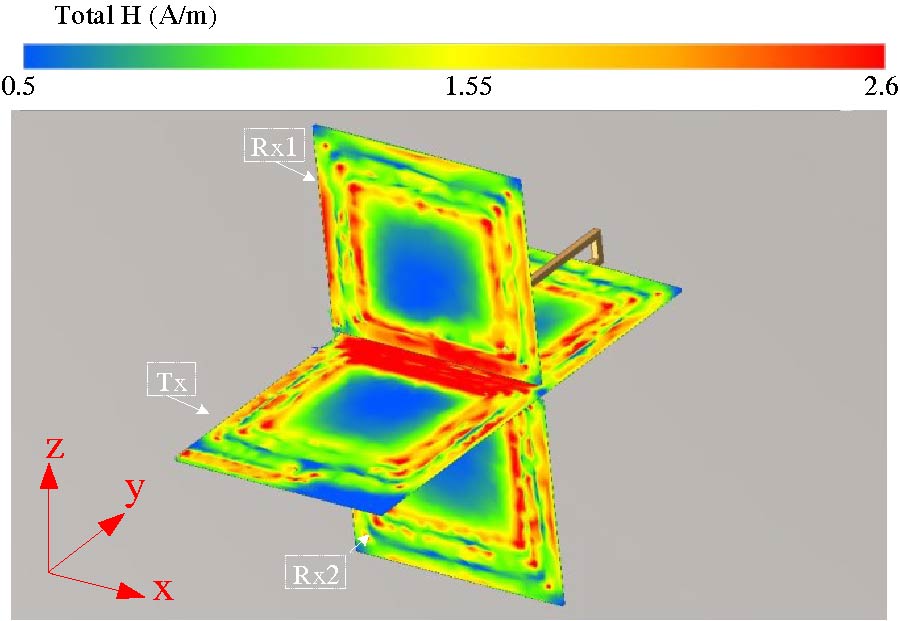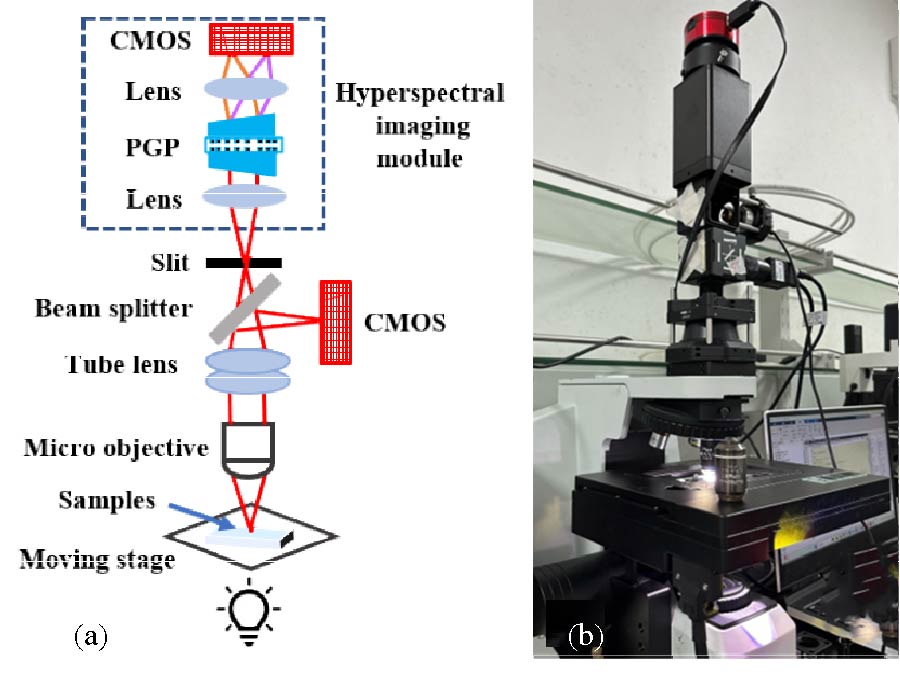Generalized Phase Retrieval Model Based on Physics-Inspired Network for Holographic Metasurface (Invited Paper)
Lei Jin,
Jialei Xie,
Baicao Pan and
Guoqing Luo
Phase holographic metasurfaces encode the phase profiles of holograms in metasurfaces formed by the meta-atom arrays, and accurately modulate the field distribution in desired region. Iterative optimization methods or data-driven learning methods are used to retrieve the phase profile under the given physical setups, such as working wavelength λ, metasurfaces' period ∆x, and image distance Z. However, those methods usually repeat the optimization or training process to retrieve the phase profile for different physical setups. Here, we propose a generalized phase retrieval model (GPRM) based on physics-inspired network to retrieve the phase profile from the input λ, ∆x, Z, and desired image without retraining the neural network. The GPRM consists of deep neural network (DNN), parabolic phase, and Fresnel diffraction propagation, which is able to generate phase profile with high reconstruction quality in extraordinary broadband, such as visible, terahertz, and microwave region. By combining with corresponding meta-atom pool, the proposed method has great potential to design versatile meta-devices for image display, data encoding, and beam shaping. Furthermore, the proposed method accelerates the design of Fresnel phase hologram, which can cooperate with programmable metasurfaces to realize dynamic three-dimensional or full-color display.









